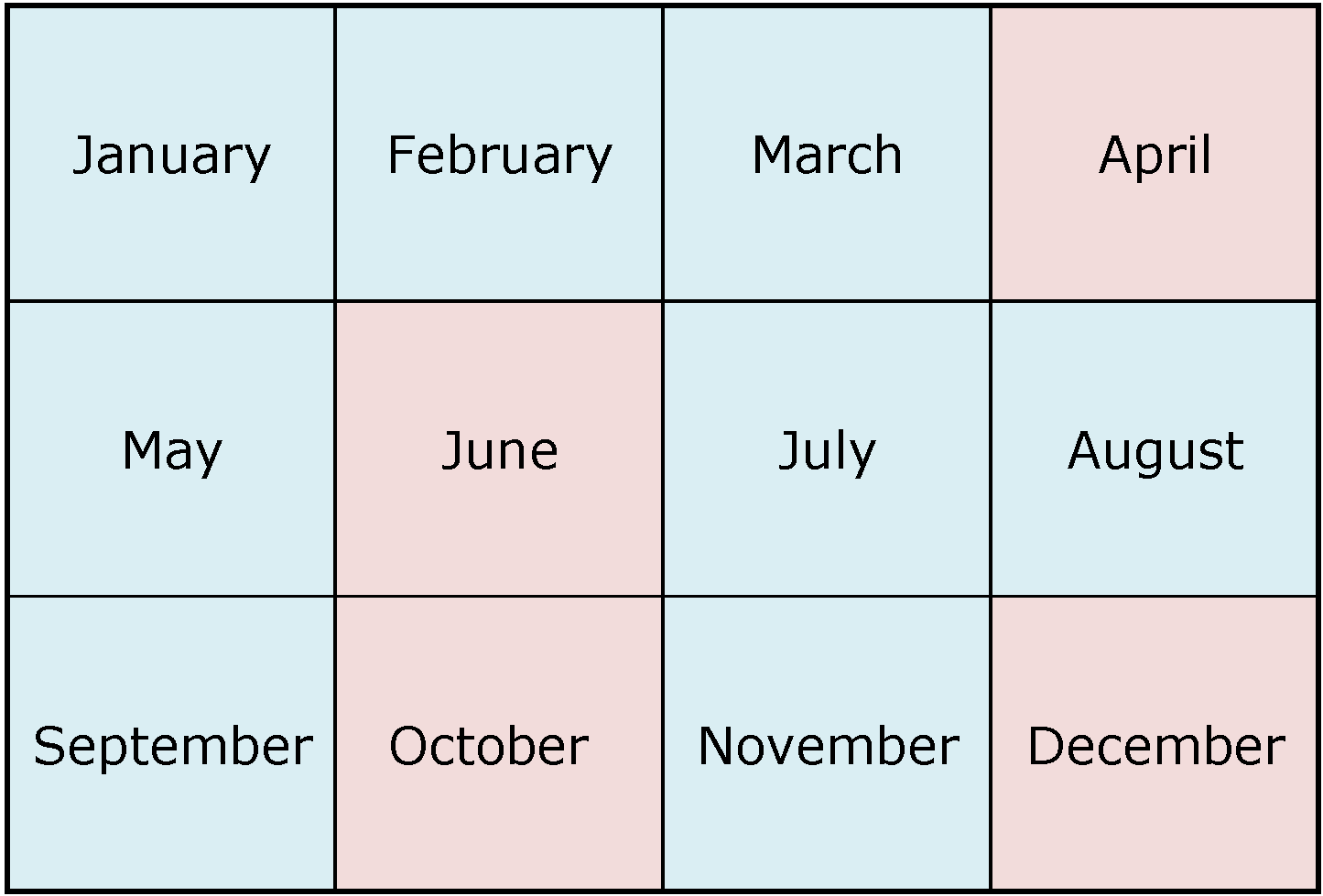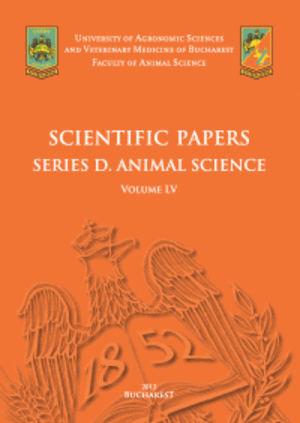Published in Scientific Papers. Series "Management, Economic Engineering in Agriculture and rural development", Vol. 25 ISSUE 2
Written by Agatha POPESCU, Toma Adrian DINU, Elena STOIAN, Valentin ŞERBAN, Adelaida HONTUS, Carmen ANGELESCU, Mirela STANCIU
The research investigated the trends in soybean crop cultivated area, production and yields in the EU and in its major producing countries: Italy, France and Romania in the period 2015-2024. The data were picked up from European Commission and USDA. Growth rate, trend line regressions, R square, comparisons and forecast, illustrative and tabular methods were used for processing data and commenting the results. The global context was presented first, showing that, in 2024, soybean was cultivated on 146.7 million ha (+22% versus 2015). In Brazil, USA and Argentina are sown the largest areas, accounting for 33.9%, 24.9% and 12.8% summing 71.6%. The world seeds harvest reached 420.8 million tonnes, (+33.12% vs. 2015) to whom Brazil, USA and Argentina contributed by 39.8%, 28.9%, 12.9%, totaling 81.6%. The yield reached 2.87 tonnes/ha (+9.5%) being higher in Brazil 3.4 tonnes/ha, USA 3.09 and Argentina 2.90. In 2024, the EU soybean harvested area was 1,115 thousand ha, (+26.56% vs 2015). The share of Italy, France and Romania in the EU area with this crop was: 30.2%, 13.7%, 13%, summing 56.9%. Production reached 2,992 tonnes (+27.76% ), to which Italy, France and Romania contributed with 36.1%, 13.3% and 9.9%, summing 59.3%. The EU yield attained 2,682 kg/ha (+0.9%). In 2024, the yields were: Italy 3,208 kg/ha (-11.29% ), France 2,594 kg/ha (- 5.3%), Romania 2,034 kg/ha (-0.64%). The worst year for soybean was 2022 when all the EU producers registered the lowest yield. In the EU, smaller surfaces are sown and productions are achieved in Croatia, Hungary, Austria, Slovakia and Germany. Climate change in terms of high temperatures and droughts was the main cause which led to a smaller performance in soybean culture in the Central and Eastern Europe and also in the Mediterranean region. Soybean area, gross output and yield will continue to grow in the EU and at the global level, as soybean plays has a crucial role in assuring high quality protein for human diets and animal feed, oil for biofuel and industrial purposes, Nitrogen capture into the soil, fertility improvement, reduction of chemical fertilizers, environment protection and biodiversity preservation. To diminish the negative effect of climate change, farmers must adopt adapted technologies regarding: early cultivation, high production potential and resistant to drought varieties, irrigation systems, plant protection etc Only in this way, they could sustain yield and also they could extend the cultivated area to increase seeds gross output.
[Read full article] [Citation]

 Next Issue will be published according the the calendar.
Next Issue will be published according the the calendar.



